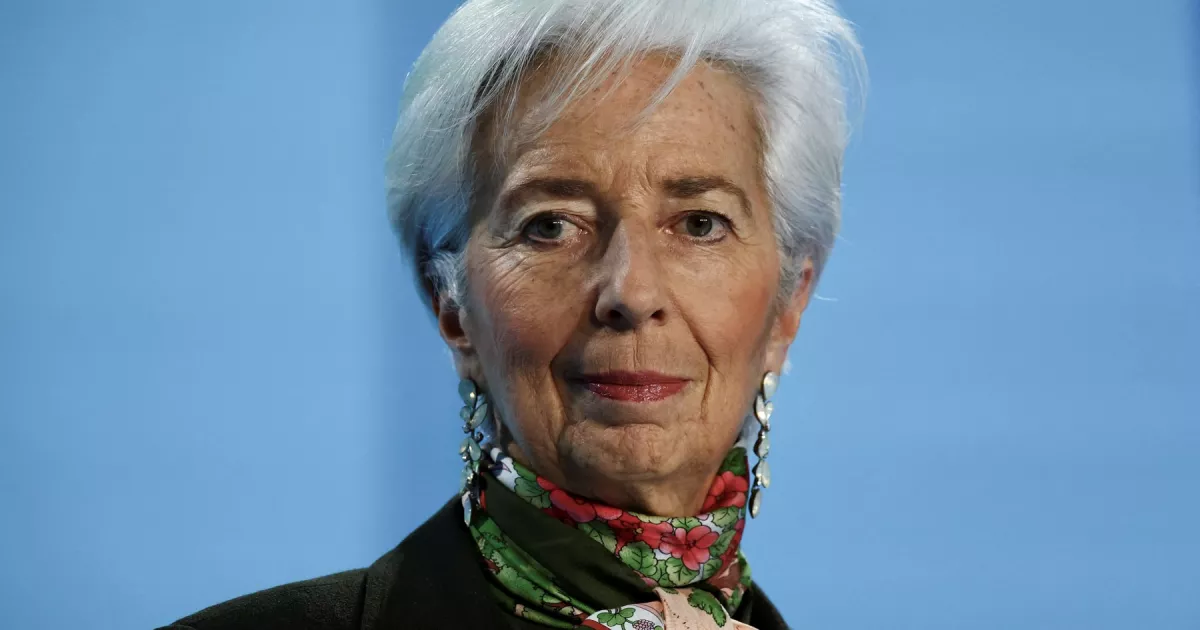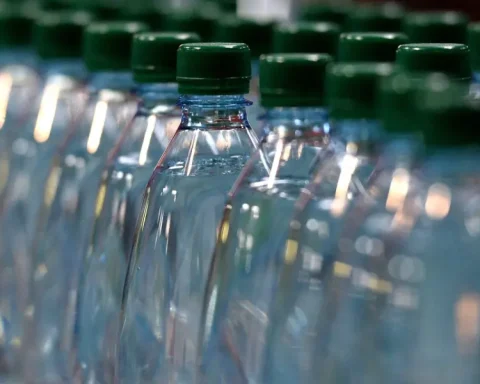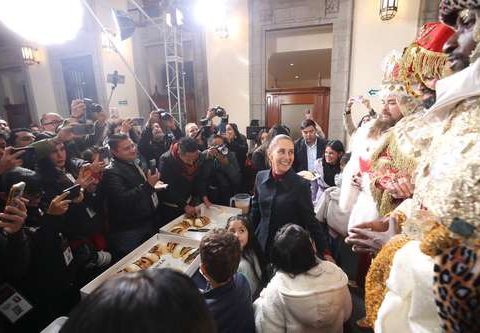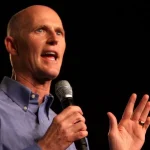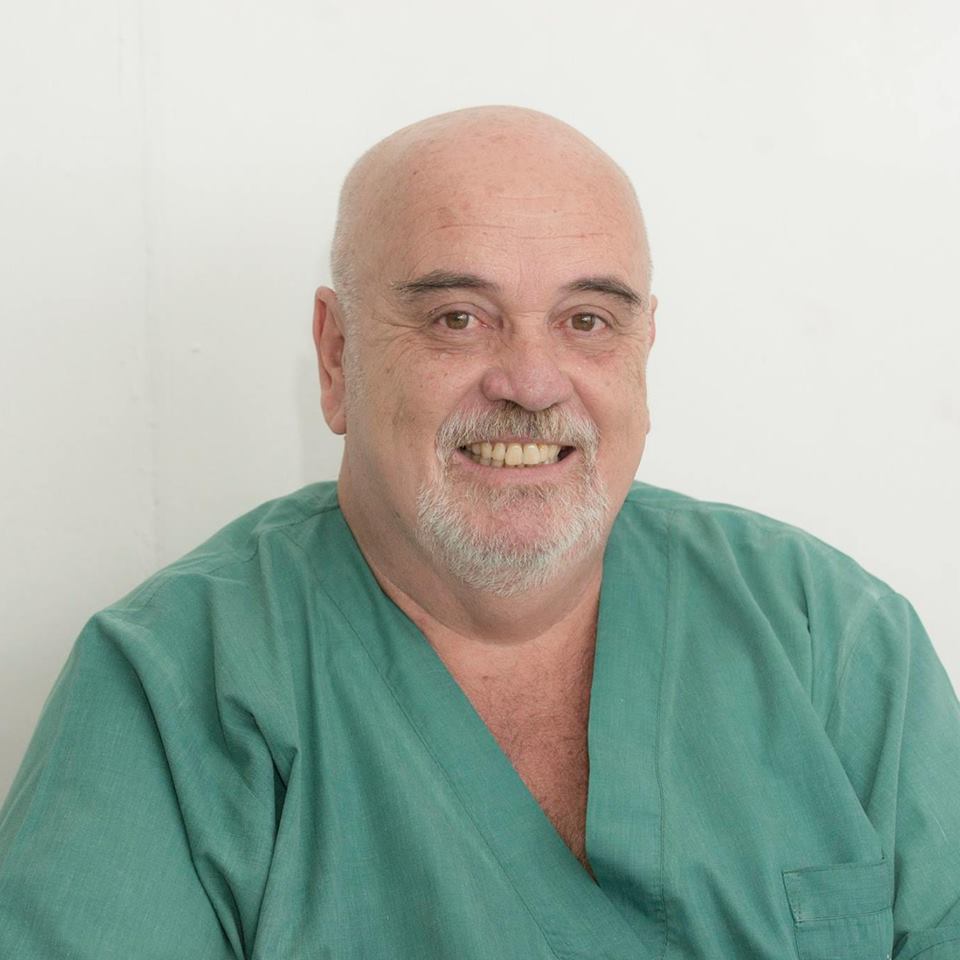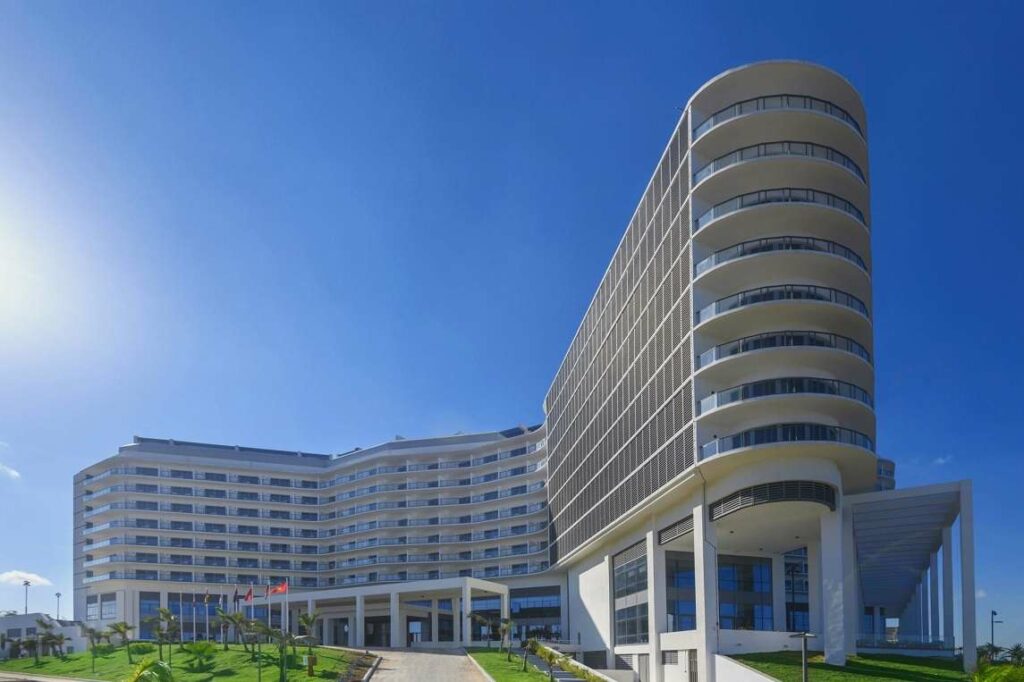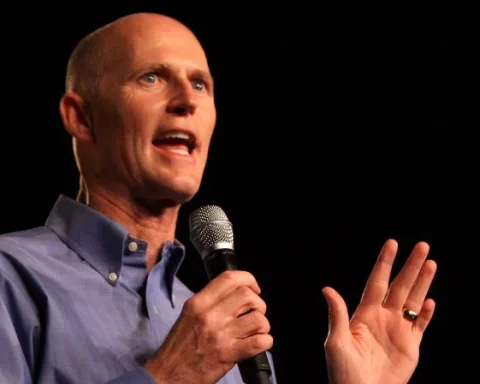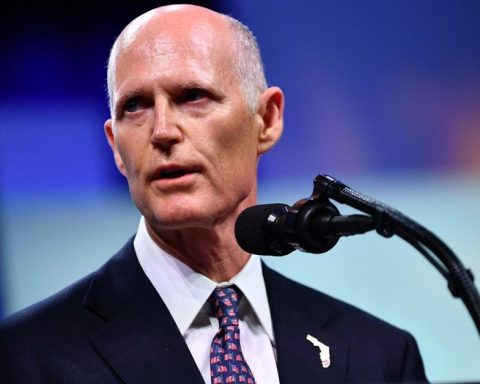The ECB has been raising rates at a record pace to combat inflation, which is the byproduct of factors such as the aftermath of the COVID-19 pandemic and the energy crisis that followed Russia’s invasion of Ukraine nearly a year ago.
The central bank of the 20 countries that share the euro raised another half percentage point the rate it pays for bank deposits, to 2.5%, in line with what it said in December and with market expectations.
In his statement, he said the next rate hike would be the same size, though he left options open for later.
“The Governing Council intends to raise interest rates by another 50 points at its next monetary policy meeting in March and will then assess the further path of its monetary policy,” the ECB said.
Carsten Brzeski, ING’s global head of macroeconomics, said the ECB was “opening the door for a pause or slower pace of rate hikes beyond March,” a view reflected in market moves as the yield on Germany’s 10-year bonds fell 15 basis points to 2.14%.
The President of the ECB, christine lagardequestioned the interpretation that Thursday’s move meant the cycle of hikes was nearing the end.
“No. We know we have ground to cover, we know we’re not done,” Lagarde told a news conference, reiterating the bank’s mantra that it will “stay the course” in the fight to return inflation to its target of around Of 2%.
The disconnect between the ECB’s message and market interpretation mirrored what happened on Wednesday after the Fed slowed the rate of hikes and acknowledged that disinflation was underway, while reaffirming that borrowing costs were yet to rise. further.
Prior to the ECB decision, investors and economists had expected the ECB to raise its deposit rate by another 50 basis points in March and peak it at 3.25%/3.50% by summer, the highest point since the beginning of the century.
The ECB is also gradually reducing the multitrillion-euro stock of bonds it accumulated over the past decade while trying to boost inflation, which was then too low.
unclear
Recent economic data from the Eurozone has painted a mixed picture.
Headline inflation has fallen rapidly since peaking at 10.6% in October, but the gauge of core prices, which excludes volatile items such as food and fuel, has been rising steadily or rapidly.
The Eurozone achieved unexpected growth in the last three months of 2022, but this was largely due to an exceptionally mild winter and a stellar performance from Ireland.
In December, the ECB said rates would rise “at a steady pace” until it was happy to see inflation return to its 2% target.
But that guidance has since become a source of confusion for investors and contention within the Governing Council, as headline inflation fell sharply while core price growth continued to slowly rise.
